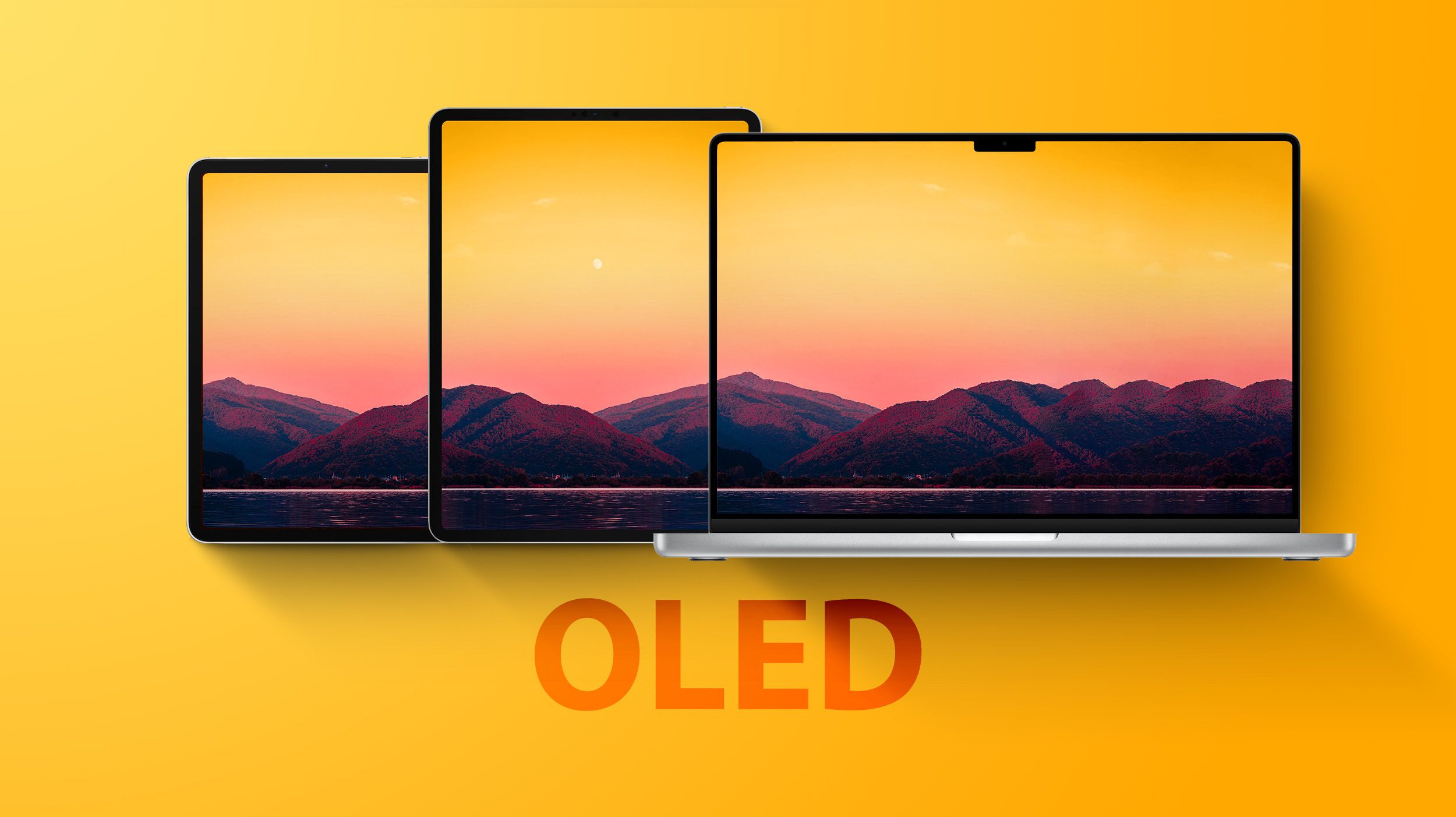Everyone saying QD OLED had better burn-in resistance? That's not what I had read. Perhaps Samsung suggested that in some ads I dunno, but that wasn't listed as a key advantage from other sources I saw.Same thing everyone was saying about qd Oled and as I said before they are not more resistant to burn in.
The other point to note is that dual-stack OLED already exists, and has existed for years. The problem with dual-stack OLED in the past hasn't been its longevity. It has been the cost. It previously has been a low volume product at high price, which is why nobody used it outside of niche applications.


